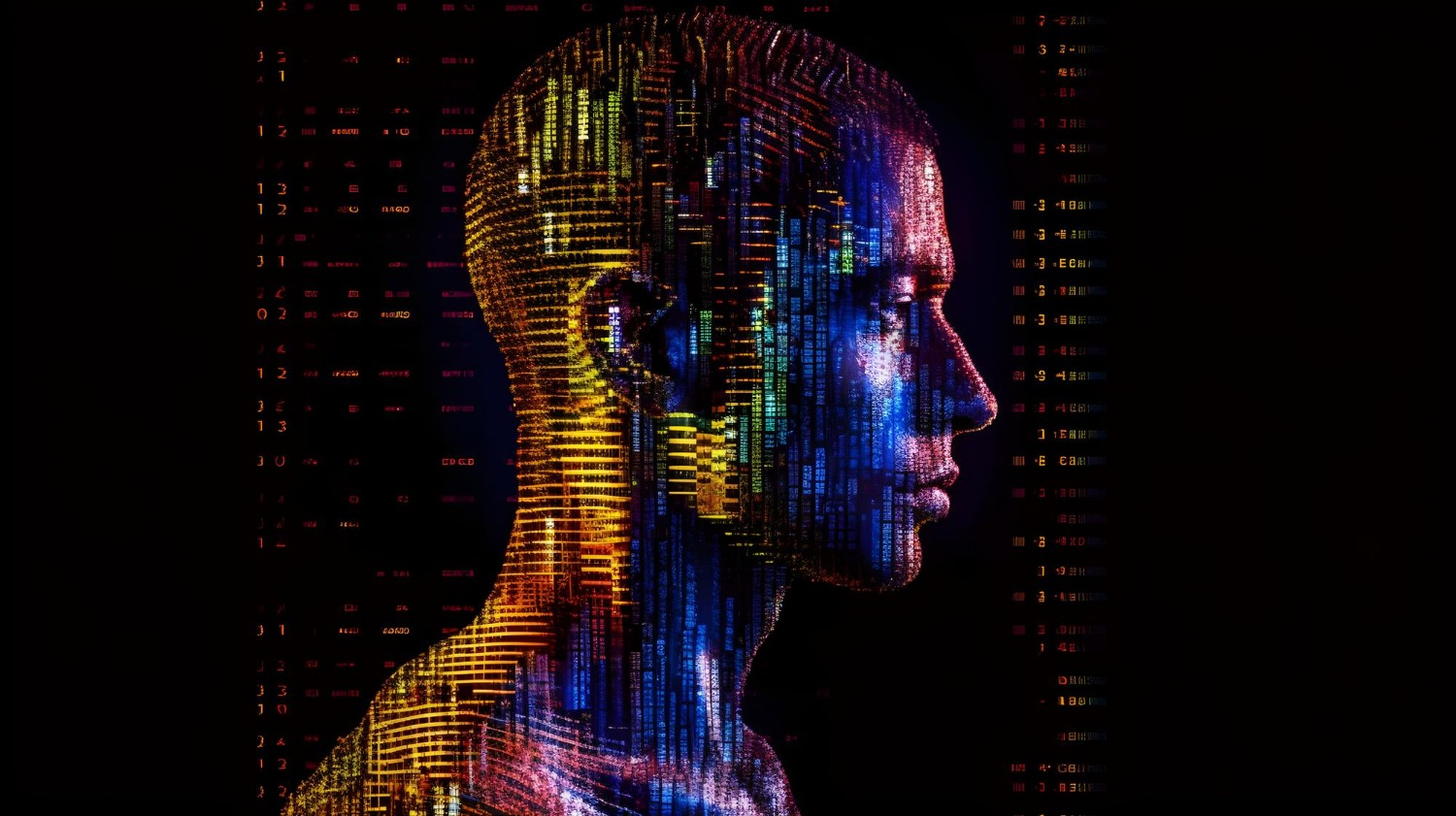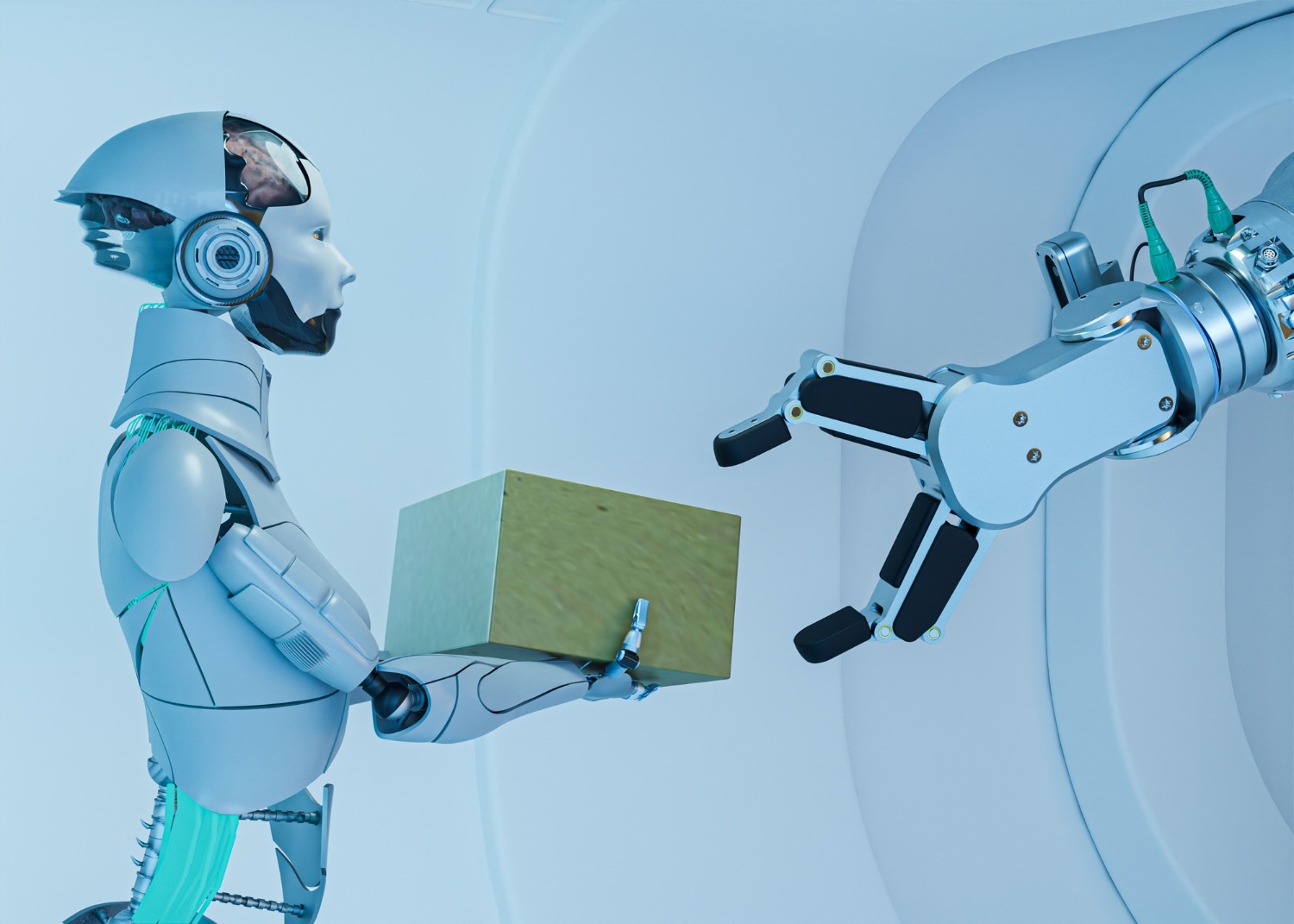What is Artificial Intelligence? A Beginner’s Guide to Understanding AI
Artificial Intelligence (AI) is one of the most exciting and rapidly evolving technologies in the world today. It is transforming industries, changing the way we interact with technology, and redefining the future of work and life.
But for many, AI still feels like a complex and mysterious concept. What exactly is AI? How does it work? And why is it so important?
If you’ve ever asked these questions, you’re in the right place. This beginner’s guide will break down AI in simple terms, explaining its fundamentals, types, applications, and future impact.
What is Artificial Intelligence (AI)?
Artificial Intelligence is the capability of machines to replicate human thought processes. AI systems can perform tasks that typically require human intelligence, such as learning, problem-solving, decision-making, and understanding language.
At its core, AI enables computers to process large amounts of data, recognize patterns, and make informed decisions—often faster and more accurately than humans.
How Does AI Work?
AI works by the combination of algorithms, data, and computing power. In simpler words, how AI works can be summarized below:
- Data Collection – AI systems collect and process huge amounts of data from text, images, videos, and numbers.
- Training with Algorithms – AI uses complex algorithms, or mathematical instructions, to look for patterns in the data and learn from them.
- Machine Learning – Through trial and error, AI systems improve their ability to recognize patterns and make predictions.
- Decision-Making – Once trained, AI can use its knowledge to make decisions, provide recommendations, or automate tasks.
Types of Artificial Intelligence
AI is generally classified into three categories based on its capabilities:
1. Narrow AI (Weak AI)
- Designed for specific tasks.
- Cannot perform beyond its programmed function.
- Examples: Siri, Google Assistant, Chatbots, Recommendation Algorithms.
2. General AI (Strong AI)
- Can execute any activity a human brain can do.
- Under development stage. There is no fully working General AI to date.
- It aims to create AI that thinks like, learns like, and behaves like humans do.
3. Super AI (Future AI)
- In Hypothetical Stages when AI is more intelligent than humanity.
- Has capabilities for independent thinking, emotions, and creativity.
- Yet, scientists and researchers have many debates on this subject.
Important Technologies Behind AI
AI is not a single technology but a combination of several advanced fields. Here are some of the most important:
1. Machine Learning (ML)
- Machine learning, a branch of AI, allows systems to analyze data and enhance performance over time.
- Used in fraud detection, medical diagnosis, and personalized marketing.
2. Deep Learning
- A more advanced form of ML that mimics the human brain’s neural networks.
- Powers technologies like facial recognition and self-driving cars.
3. NLP
- Enables AI to understand and process human language.
- Used in voice assistants (Alexa, Siri) and language translation apps.
4. Computer Vision
- Enables AI to interpret and understand visual data.
- AI applications include facial recognition, medical diagnostics, and self-driving cars.
5. Robotics
- AI-powered robots perform tasks in industries like manufacturing, healthcare, and space exploration.

Applications of AI in Daily Life
AI is already a part of our daily lives, even if we don’t always realize it. Here are some common examples:
1. AI in Smartphones
- Voice assistants (Siri, Google Assistant).
- Smart photo organization (Google Photos).
- Predictive text and auto-correct.
2. AI in Social Media
- Personalized content recommendations (Facebook, Instagram, TikTok).
- Chatbots for customer support.
- AI-generated filters and image enhancements.
3. AI in Healthcare
- AI-driven diagnostics and medical imaging.
- Virtual health assistants.
- Predictive analysis for disease outbreaks.
4. AI in Business & Marketing
- Chatbots for customer service.
- Personalized product recommendations (Amazon, Netflix).
- AI-driven advertising and content creation.
5. AI in Transportation
- Self-driving cars (Tesla, Waymo).
- Traffic prediction and route optimization (Google Maps).
- AI in ride-hailing services (Uber, Lyft).
Benefits of AI
AI is revolutionizing industries and making life easier in many ways. Some key benefits include:
- Efficiency & Automation – AI automates repetitive tasks, saving time and effort.
- Improved Accuracy – AI eradicates most of the errors generated by human involvement, particularly in the healthcare and finance sectors.
- Better Decision Making – AI processes large amounts of data for thoughtful suggestions
- Better Customer Experience– AI-based chatbots and personalization offer much better interactions for users.
AI saves a significant amount of costs by streamlining operations.
Challenges & Risks of AI
However, AI comes with its set of challenges and risks:
Job Displacement: Due to automation, some jobs would be taken away from humans.
- Bias in AI Systems – AI can inherit biases from training data, leading to unfair outcomes.
- Privacy Concerns – AI collects vast amounts of personal data, raising ethical issues.
- Security Threats – AI-powered cyberattacks and deepfakes pose new risks.
- Lack of Transparency – Some AI systems function as “black boxes,” making their decision-making process unclear.
The Future of AI
AI is evolving rapidly, and its future holds incredible possibilities:
- AI-Powered Healthcare – Faster, more accurate diagnosis and personalized treatments.
- Smarter Cities – AI will optimize traffic flow, reduce pollution, and enhance security.
- Human-AI Collaboration – AI will complement, not replace, human intelligence.
- Advanced Robotics – AI-driven robots may assist in homes, factories, and even space exploration.
- Ethical AI Development – Stricter regulations to ensure responsible AI use.
AI will continue to shape the world, making life smarter and more connected.
Conclusion
Artificial Intelligence is no longer science fiction; it is the reality that transforms industries and daily life. Voice assistants, self-driving cars, and more make tasks easier, more efficient, and more personalized.
However, AI also poses challenges such as job displacement, bias, and security risks. Understanding AI will help us prepare for the future and make informed decisions about how we use this powerful technology.
AI is here to stay. The question is: How will you use it to your advantage?




